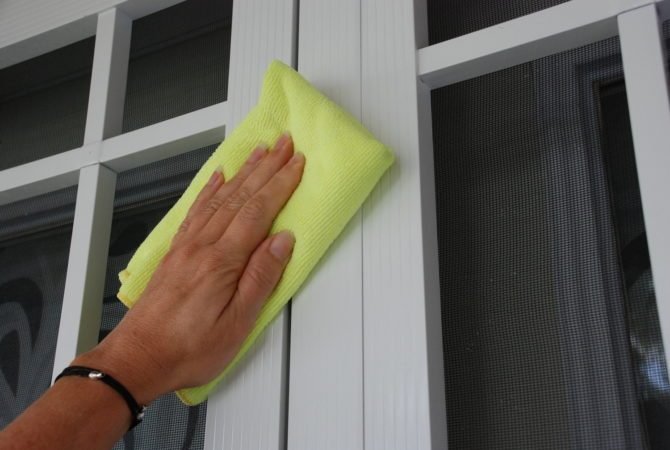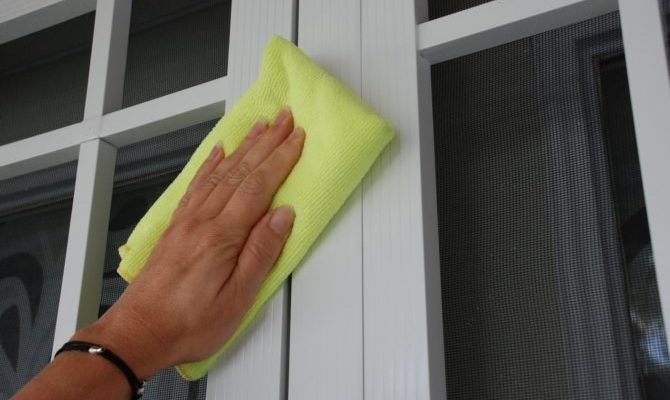
You might be wondering why rust is such a big deal. After all, it’s just a little bit of discoloration, right? Here’s the thing: rust can weaken metal, making it less effective and even unsafe over time. It’s like how a tiny crack in a window can lead to bigger problems down the line. Door hardware, like hinges and locks, is crucial for your safety and privacy, so taking care of it matters.
In this article, we’ll explore practical strategies to prevent rust on your interior-facing door hardware, focusing on coastal conditions. Whether you’re fixing up an old door or just doing some routine maintenance, these tips will help you keep that hardware shiny and functional for years to come.
Understanding Rust and Its Causes
Rust is a type of corrosion that occurs when metal reacts with oxygen and moisture. In coastal areas, the combination of salt and humidity amplifies this reaction. Think of rust as metal’s way of aging; it’s like gray hair for your door hardware. The more you expose that hardware to salty air, the faster it can deteriorate.
Rust can start small, often as tiny spots on your hardware that you barely notice at first. If left untreated, rust grows, spreading and weakening the metal. This directly affects your door’s functionality. A rusted lock might jam, or a corroded hinge could break when you least expect it. Preventing rust is not just about aesthetics; it’s about safety and longevity.
The impact of rust extends beyond just your hardware. It can lead to more significant repairs and replacements down the line, costing you more money than necessary. By understanding rust and how it forms, you can take steps to protect your door hardware right from the start.
Choosing the Right Materials
One of the best ways to combat rust is by choosing the right materials for your door hardware. Some metals resist corrosion better than others. Stainless steel, for instance, contains chromium, which helps create a protective layer against rust. If you’re replacing hardware, opting for stainless steel can be a smart move, especially in a coastal environment.
Another option is bronze. It’s known for its durability and resistance to corrosion. While it can be more expensive, it might save you money on repairs in the long run. Consider brass hardware too, but remember that it often needs a protective finish to fend off rust.
You might also look into coated hardware. These pieces have a special finish that helps protect them from moisture and salt. It’s like putting on a raincoat—yes, it might be a bit more work to find, but it can be worth it to keep your hardware in good shape.
Regular Maintenance is Key
You can’t just install new door hardware and forget about it. Regular maintenance is crucial for preventing rust. Here’s a simple routine to follow:
- Inspect frequently: Take a few minutes each month to check your hardware for any signs of rust or wear.
- Clean properly: Use a soft cloth and mild soap solution to wipe down your door hardware. Avoid harsh chemicals that can damage the finish.
- Lubricate: Apply a silicone-based lubricant to hinges and locks to fend off moisture.
Think of maintenance like watering a plant. If you let it go too long without care, it might wilt, but with just a little attention, it can thrive. Rust prevention is much the same; a bit of time spent on maintenance can extend the life of your door hardware dramatically.
You might also find that some door hardware comes with specific maintenance recommendations from the manufacturer. Following these tips can help ensure you keep your products in top shape.
Using Protective Coatings
Applying protective coatings is another effective strategy for rust prevention. Many products are available that can create a barrier between the metal and the elements. For instance, consider using a clear coat or sealant made specifically for metal. This extra layer helps to keep moisture away from the metal, making it less likely to rust.
When you apply these coatings, make sure to follow the instructions closely. Some might require multiple coats, while others need to be reapplied periodically. Think of it like putting sunscreen on at the beach; a little preparation goes a long way in protection.
If you’re feeling crafty, you can also make a homemade rust preventive solution by mixing mineral oil with a bit of lanolin. This mixture can provide a protective layer that keeps moisture at bay. Just remember—clean the hardware before applying any coating for the best results.
Optimal Placement of Hardware
Sometimes, the location of your hardware can contribute to rust formation. Consider the airflow and exposure to moisture in your home. If your door hardware faces a particularly damp area, it might be worth repositioning things a bit.
For instance, if possible, place doors in areas with good ventilation. This can help keep moisture levels lower, ultimately reducing rust risk. Additionally, be mindful of any landscaping or structures that may block airflow around your door. You don’t want plants or decor to trap moisture close to your door.
It’s like arranging furniture to optimize your living space. In the same way that you want everything to have room to breathe, ensuring your door hardware has airflow can lead to longer-lasting components.
Investing in Quality Hardware
While it might be tempting to go for the cheapest option, investing in quality hardware pays off in spades. Quality door hardware is often treated better for rust resistance and can withstand the elements longer. It might cost more upfront, but think of it as a long-term investment in your home.
When searching for durable options, check for warranties or guarantees. Some manufacturers provide coverage for rust-related issues, giving you peace of mind. It’s always reassuring to know you’re backed by good products.
Plus, quality hardware often features timeless designs, enhancing your home’s aesthetic. You don’t just get functionality; you get style. It’s like upgrading from a simple chair to a beautiful piece of furniture—both serve a purpose, but the latter elevates your space.
Preventing rust on your door hardware in coastal areas doesn’t have to be a daunting task. With the right materials, regular maintenance, protective coatings, optimal placement, and a keen eye for quality, you can keep your interior-facing hardware shiny and functional.
Think of it as caring for any treasured item; with just a bit of attention, you can preserve its beauty and usefulness. So, grab your tools and make rust prevention a priority. Your door hardware—and your home—will thank you for it!
